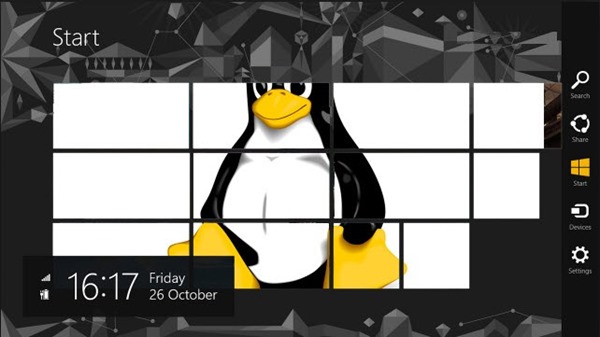

What you do from here depends on the results of the verification step. This performs a disk verification, which will, among other things, check for consistency between the MBR and GPT sides. Launch gdisk on the disk in question by typing "gdisk /dev/sda" at a shell prompt.
#Rip linux vs systemrescuecd install
() If this is your only computer and you don't happen to have such disks on hand, you can use the Ubuntu install disc in "live CD" mode however, you'll need to install the gdisk package by typing "sudo apt-get install gdisk", and precede the below commands with "sudo". Thus, it's imperative that you analyze the disk completely and figure out what's what before you do anything else - including booting any OS from that disk!īoot using a Linux emergency disk, such as PartedMagic, () System Rescue CD, () or RIP Linux. If you try to fix this without proper analysis, you could end up making things worse, and if you use the disk at all and your partitions don't match, you could end up trashing one filesystem just by writing to another one. That problem means that it's possible you've modified the MBR side without modifying the GPT side, which could result in a mish-mash of partitions that don't match on the two sides (MBR and GPT). With the two-0圎E configuration, though, OS X uses the MBR partitions in preference to the GPT partitions. This is known to cause problems with OS X, causing it to be unable to see the GPT side of the disk, which is normally the "master" side for OS X and Linux, with only Windows using the MBR side. The first problem you've got is that you seem to have a hybrid MBR () with two type-0圎E partitions. OTOH, it's also possible your data aren't in any immediate danger, but if they are, you're taking a chance just by booting the computer. First, be very very very very careful! Your configuration is extraordinarily dangerous and it's possible your disk is already very badly damaged.


 0 kommentar(er)
0 kommentar(er)
